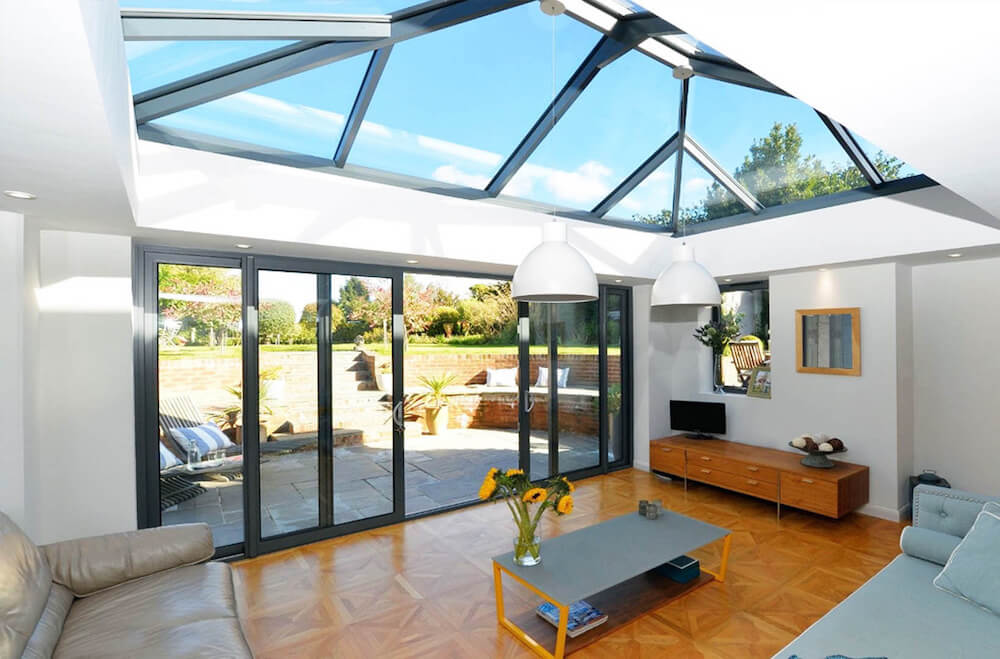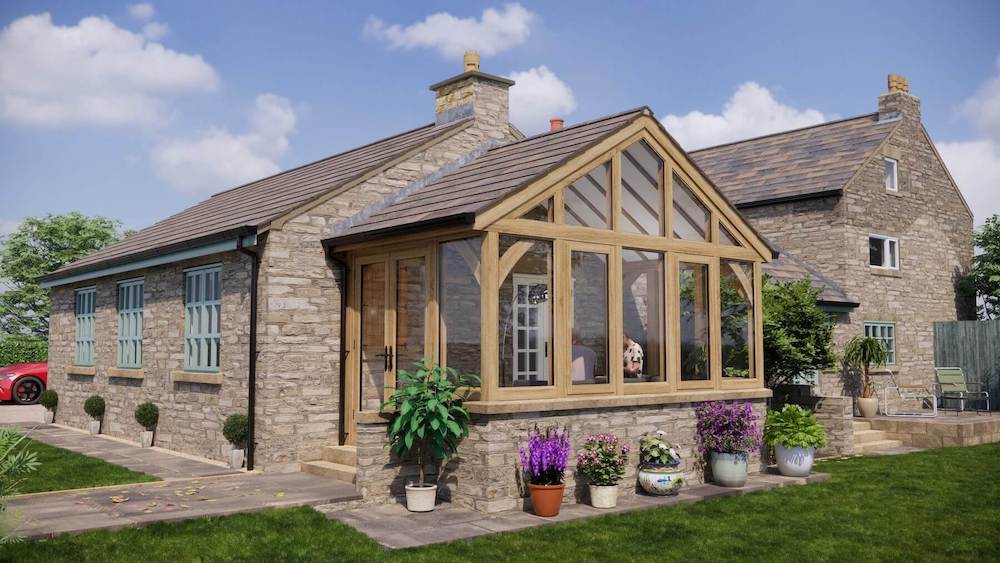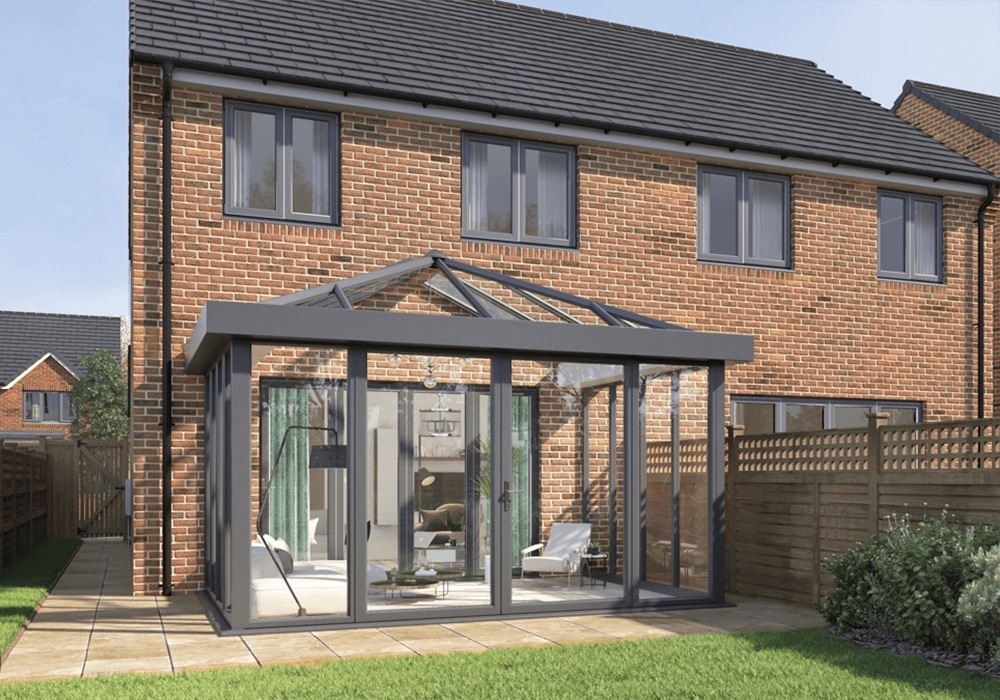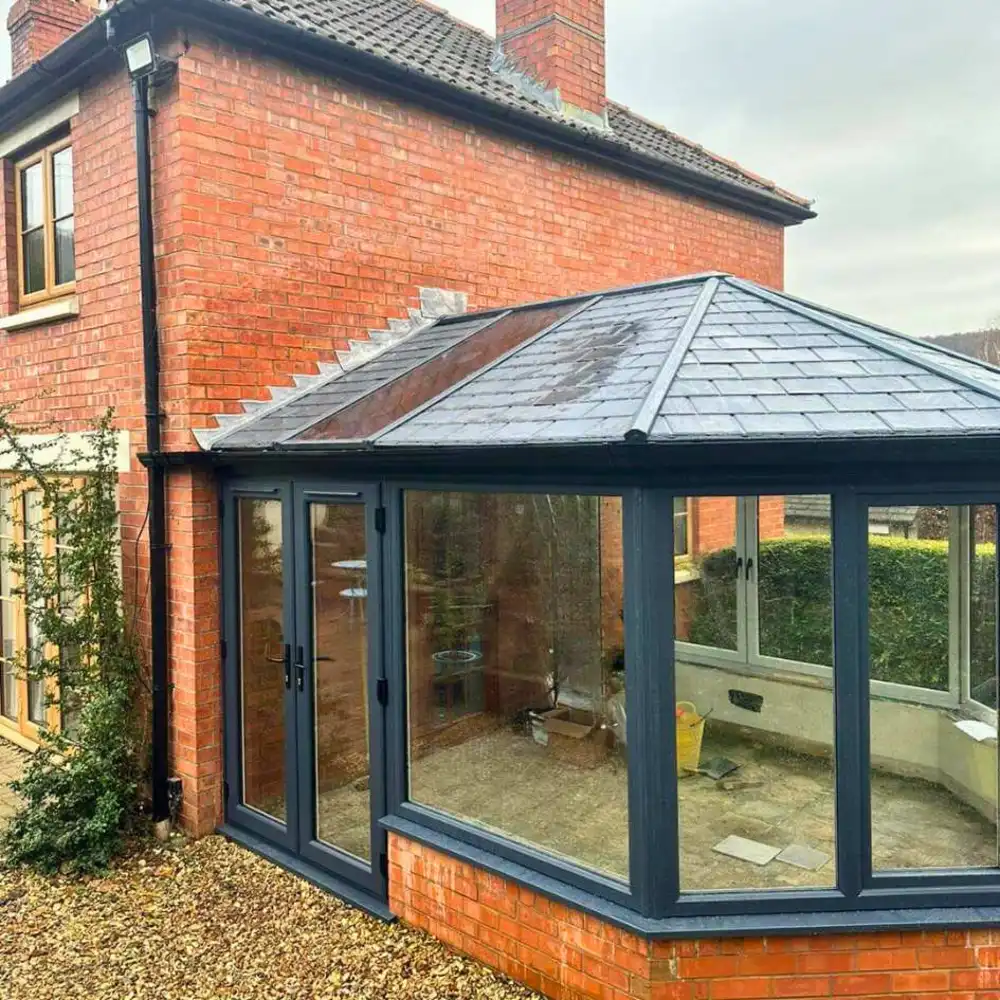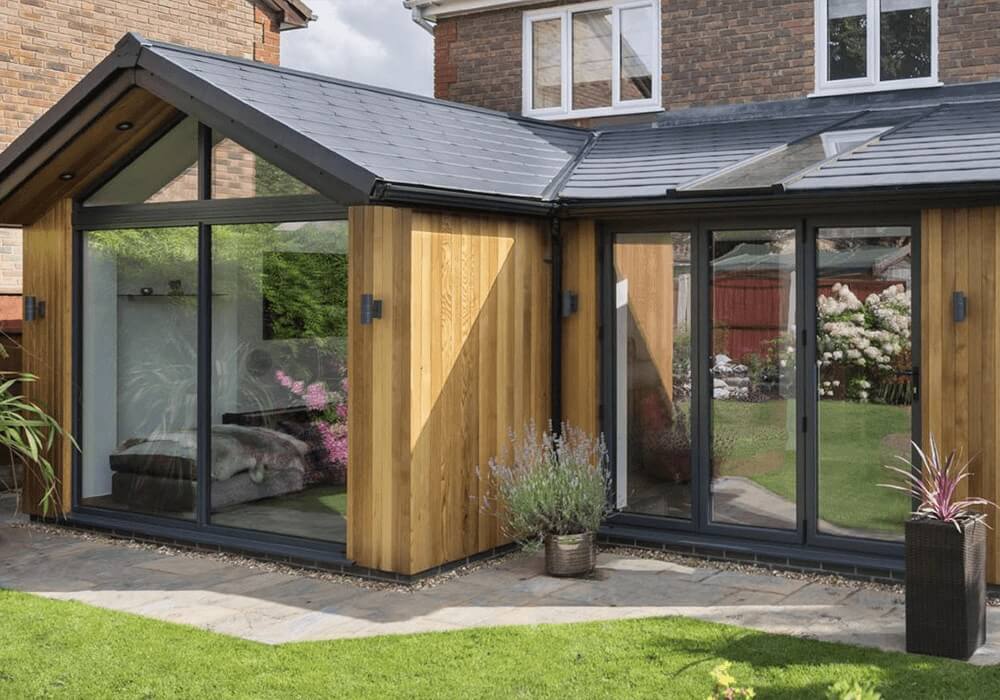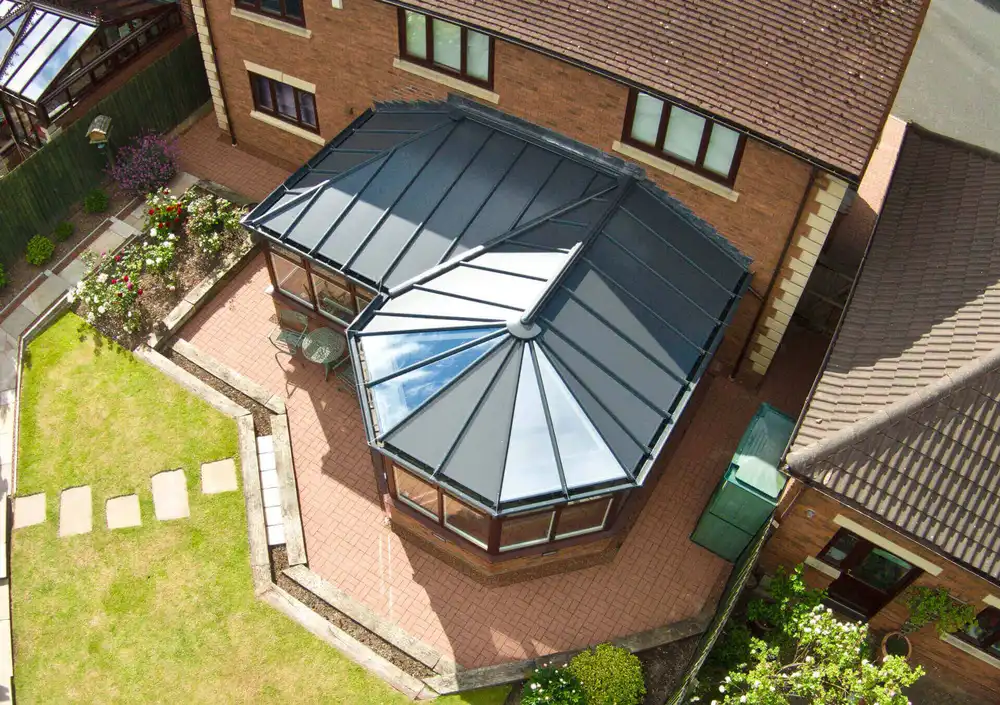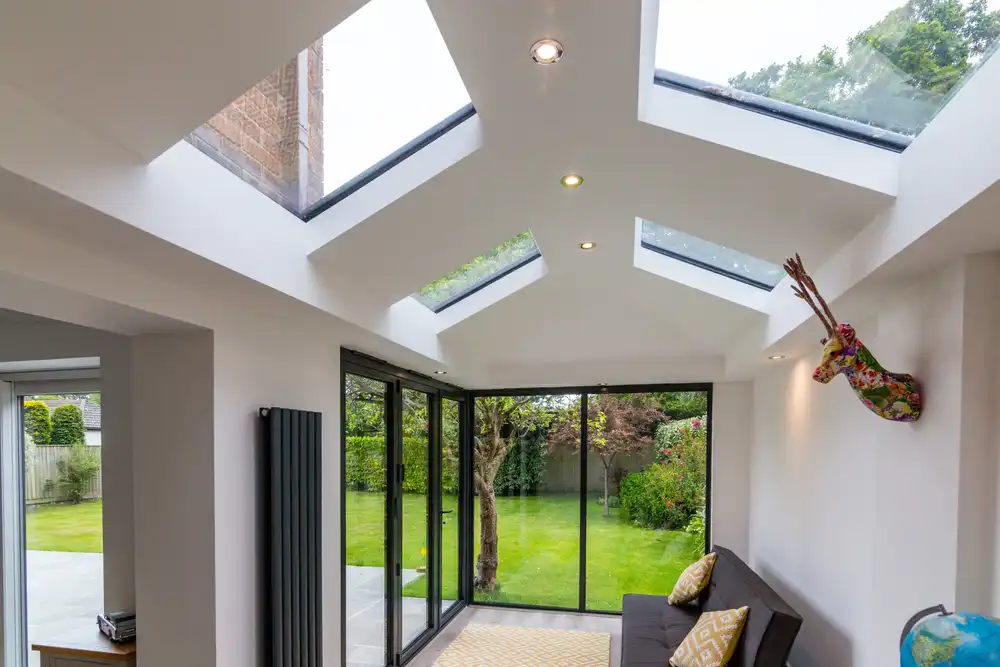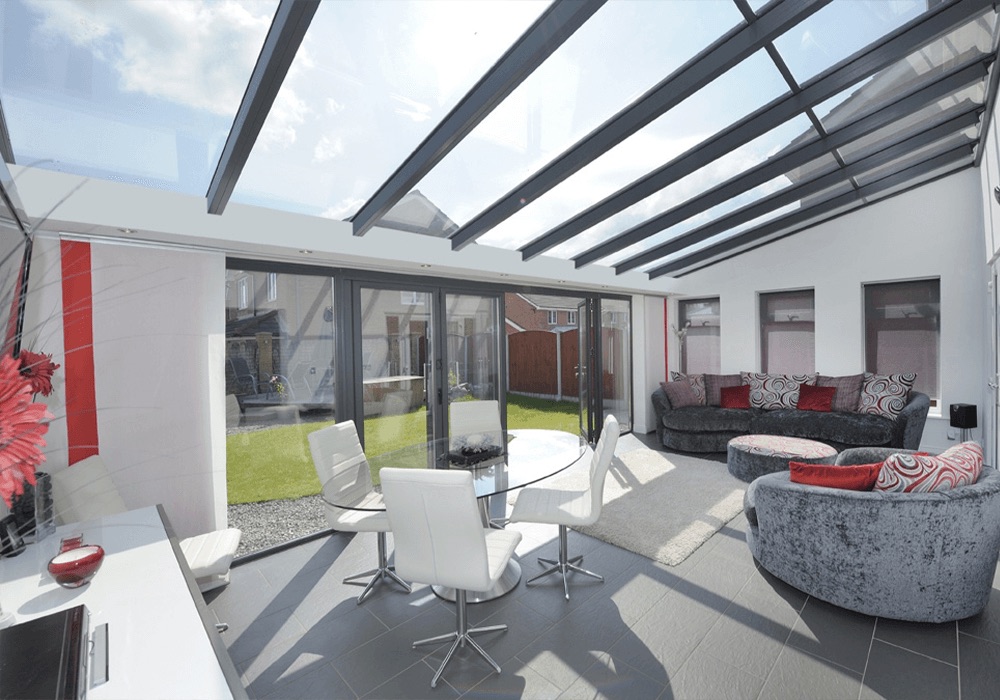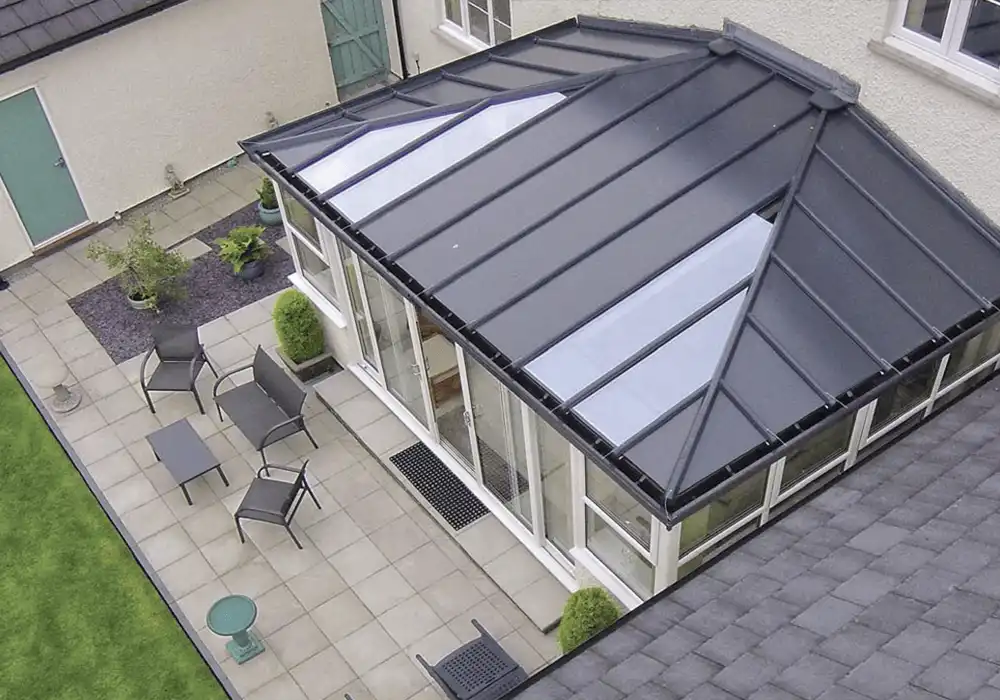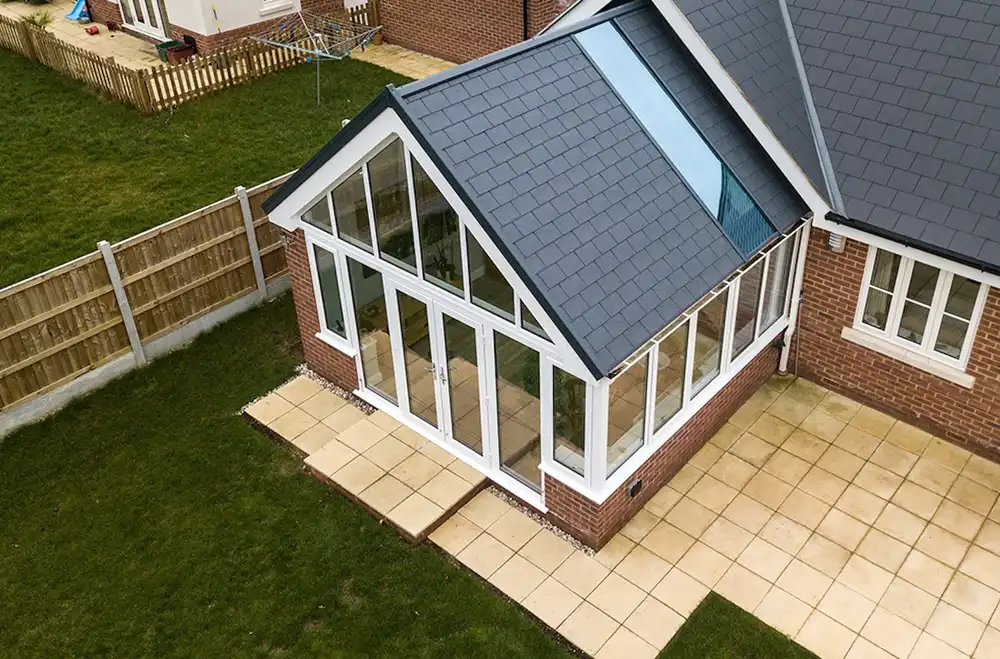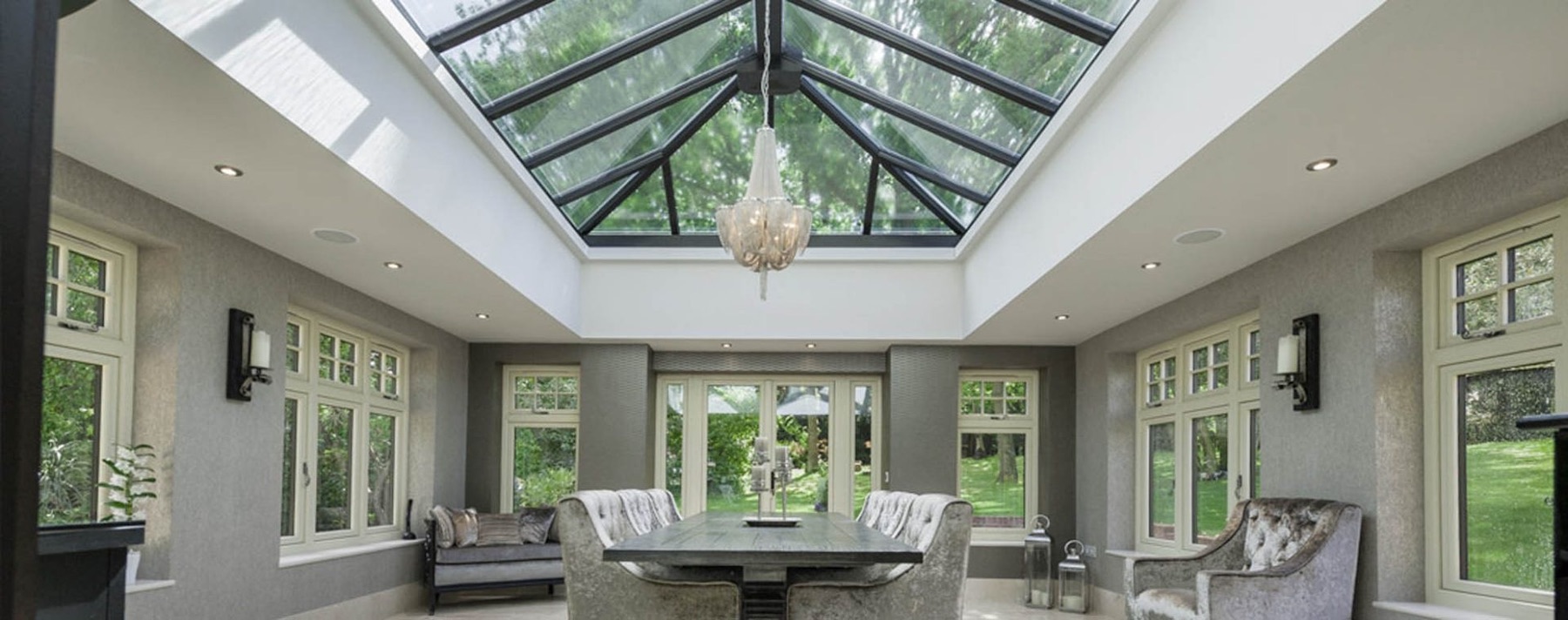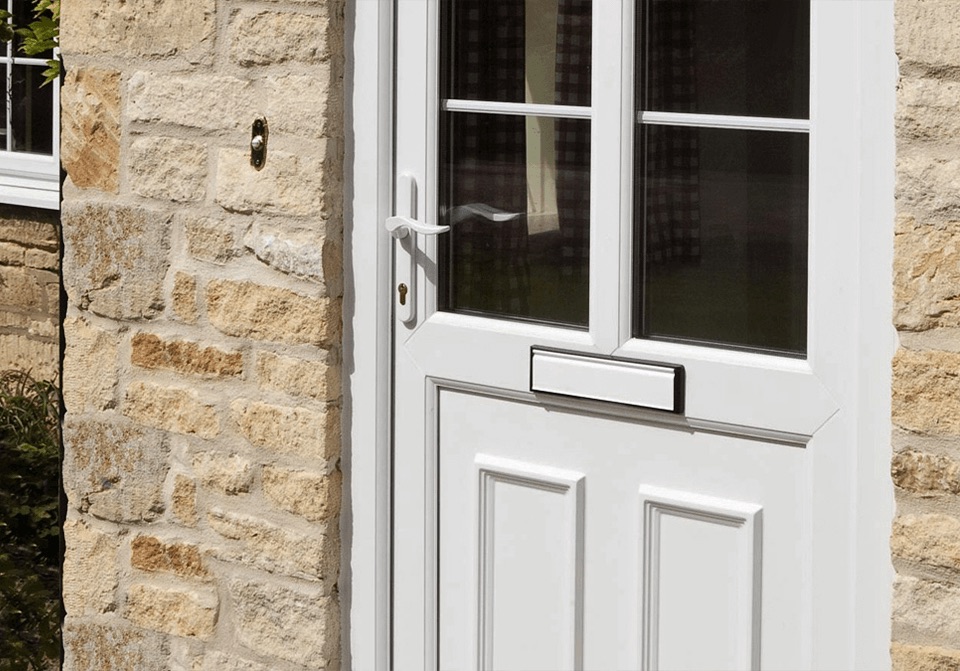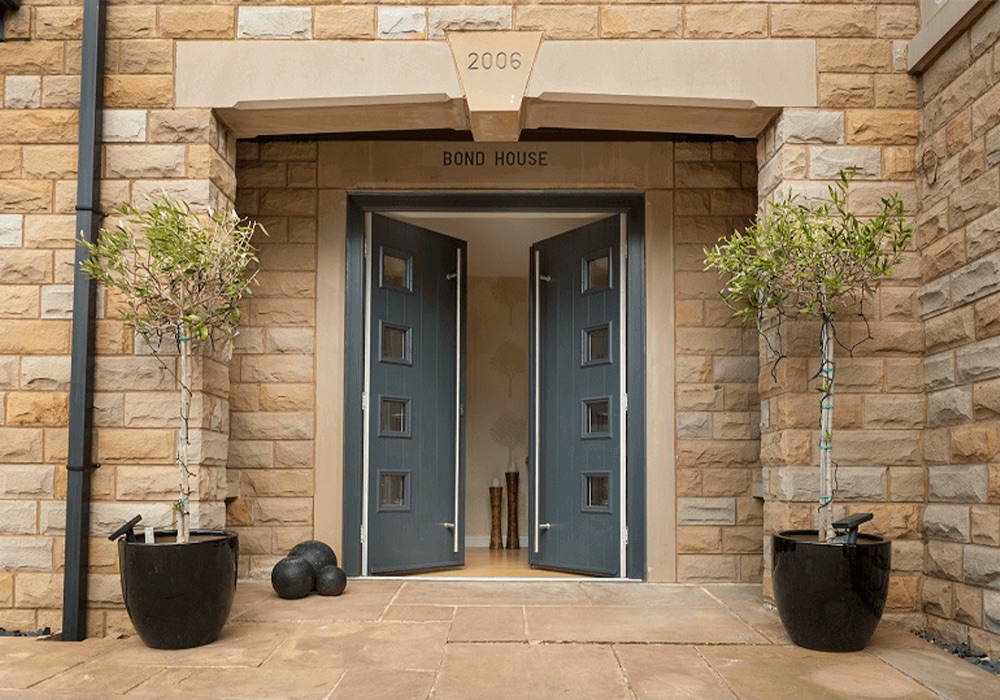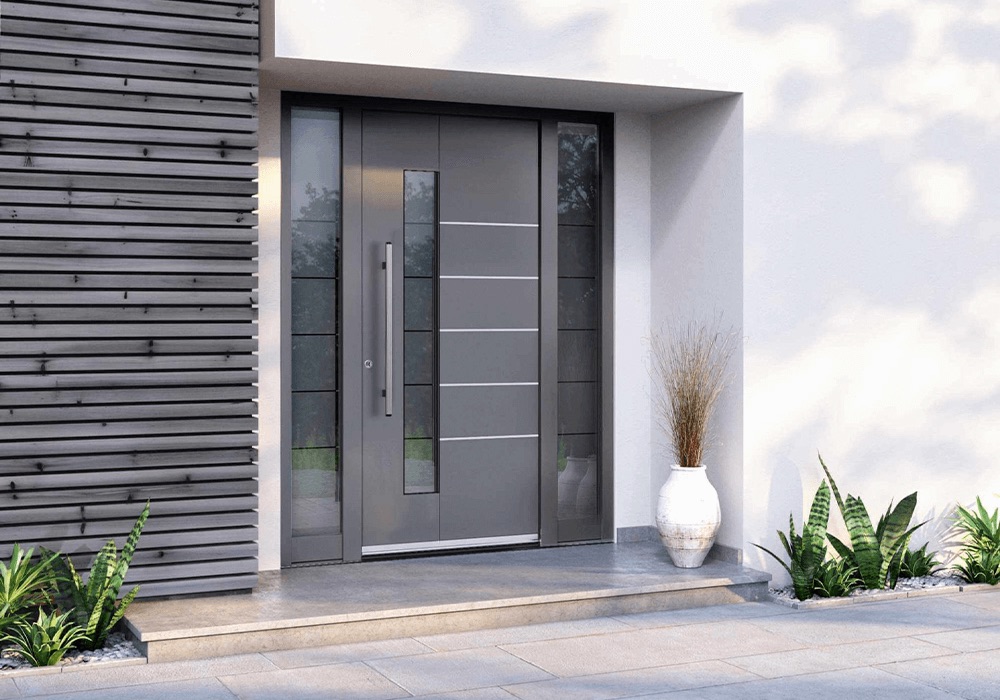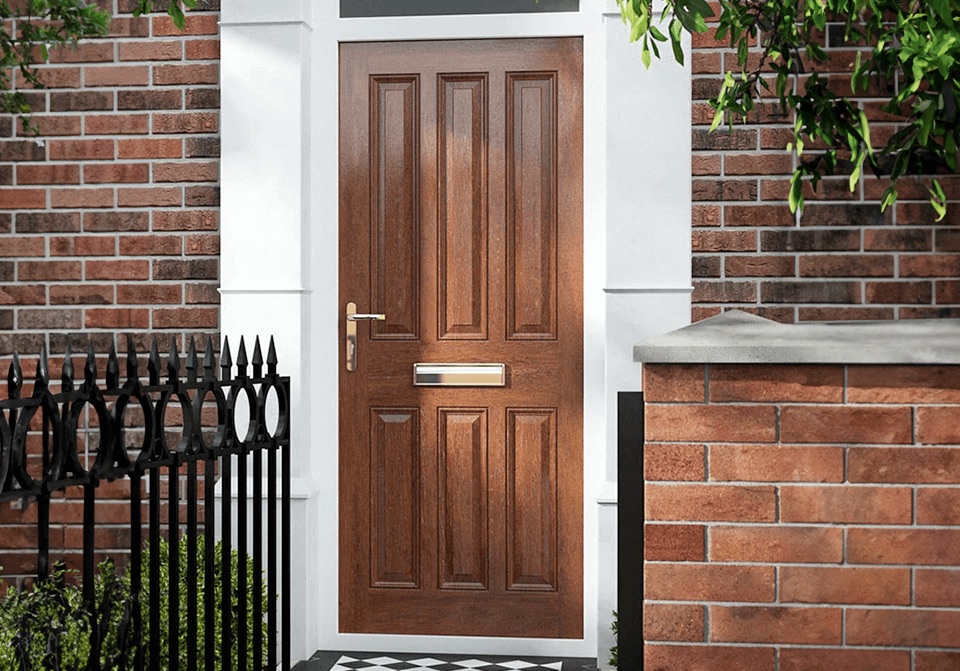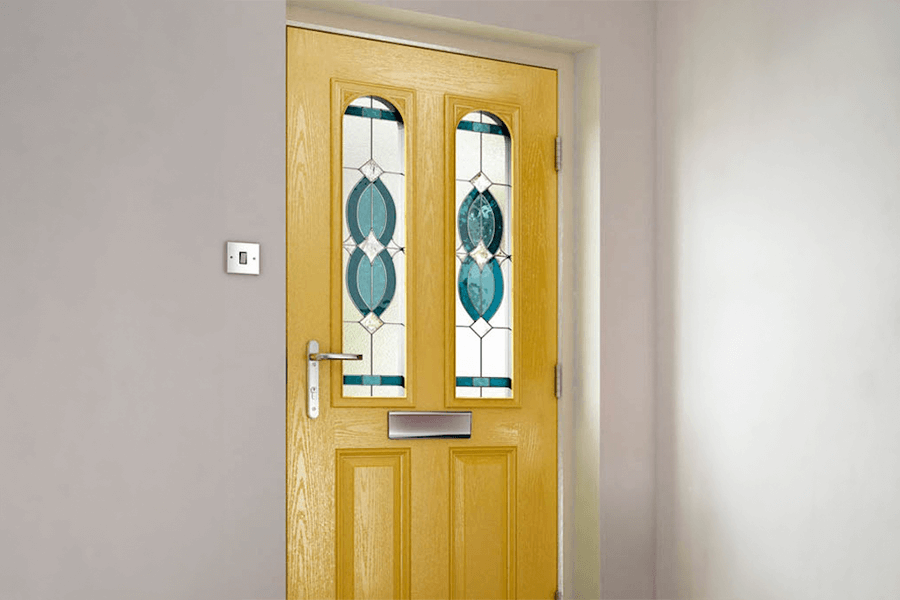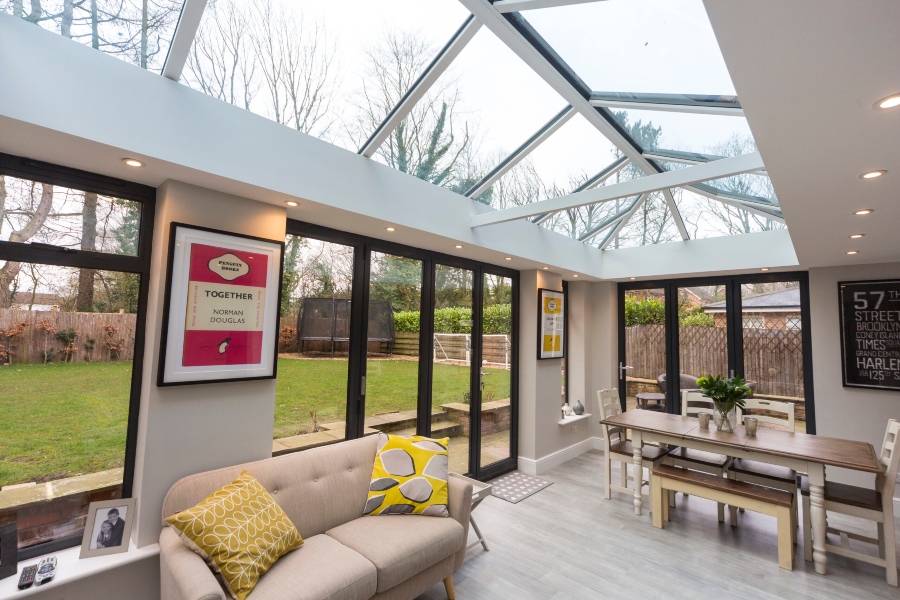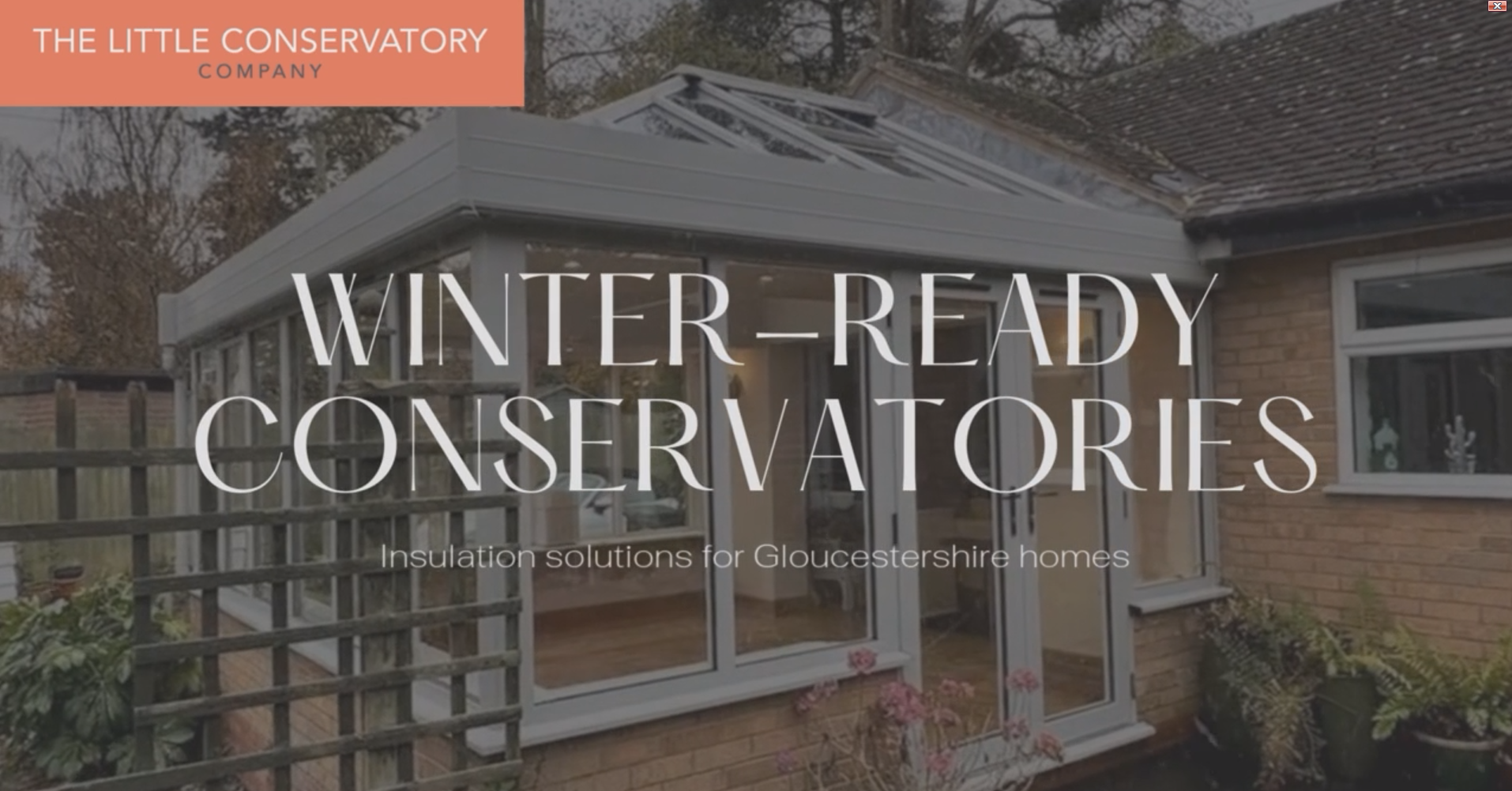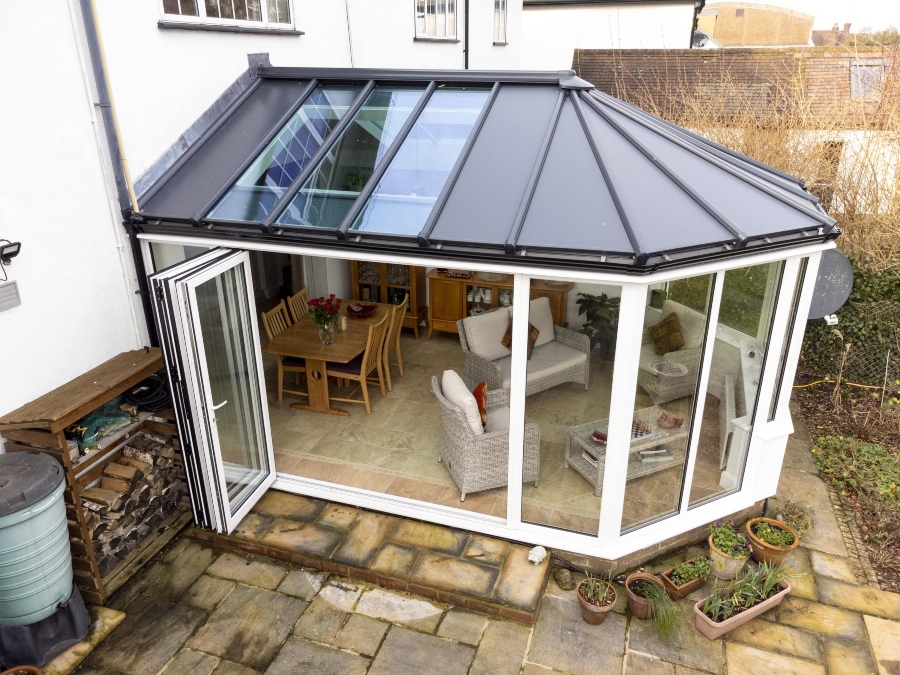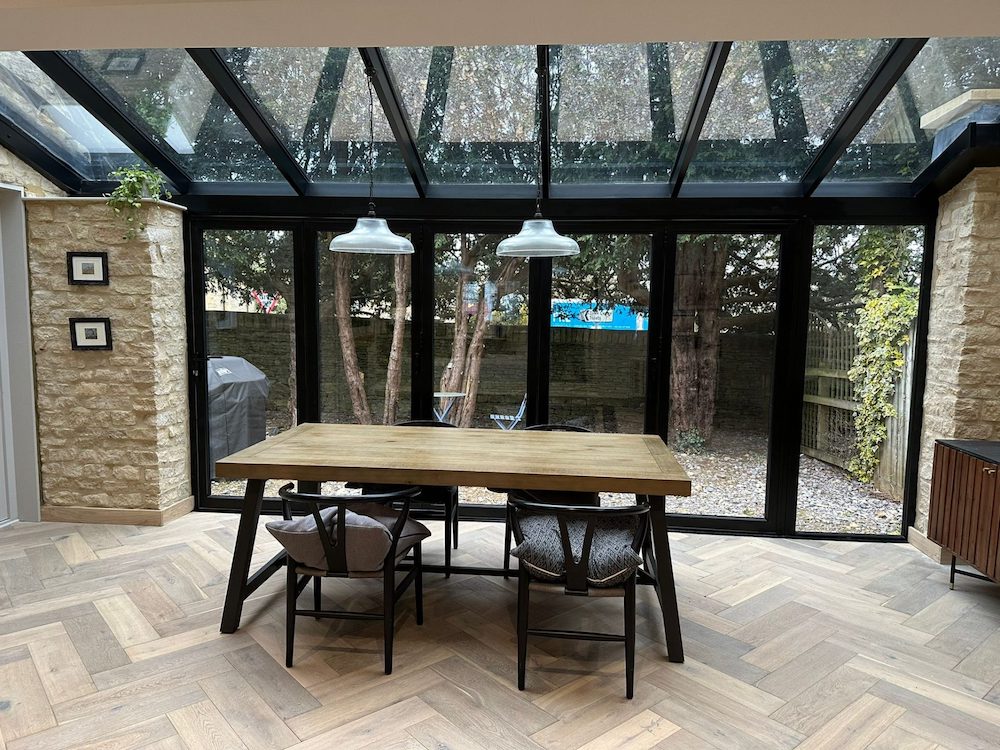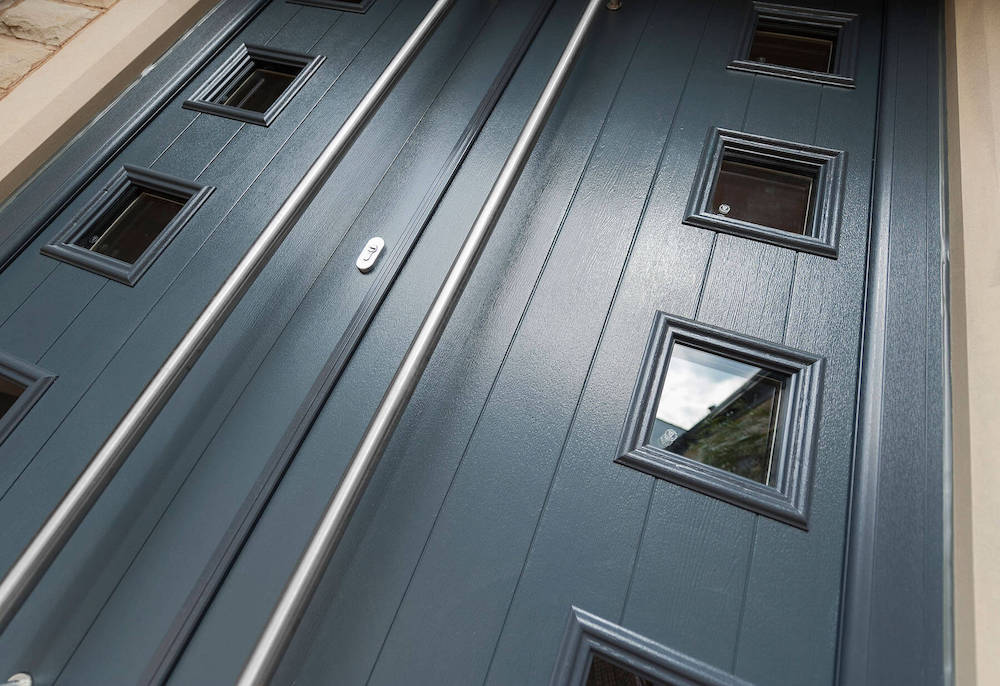Are Conservatories Going to Be Banned in the UK?
- 21 Oct 2025|
- News|
- Posted by admin-littleconservatory
Key Takeaways:
- Conservatories are NOT banned – this was a myth from misunderstood regulations
- Existing homes can add conservatories under unchanged rules
- New builds can still have conservatories with energy efficiency requirements
- Modern regulations improve quality, ensuring year-round comfort
- Professional installation ensures compliance and peace of mind
Conservatories are NOT banned in the UK in 2025, and there are no plans to ban them. The widespread confusion arose from media misreporting of new building regulations introduced in June 2022, which only affect conservatories on new-build homes. If you own an existing home in Cheltenham or anywhere in Gloucestershire, you can still add a beautiful conservatory to your property.
At The Little Conservatory Company, we’ve been designing and installing stunning conservatories throughout Cheltenham and Gloucestershire for over two decades. Let’s clear up the confusion once and for all.
Where Did the Conservatory Ban Rumour Come From?
In June 2022, the UK government introduced updates to Building Regulations, specifically Part O (Overheating) and Part F (Ventilation). These changes aimed to reduce carbon emissions and improve energy efficiency in new homes, preventing overheating during summer heatwaves.
The confusion began when media outlets, including Good Morning Britain, ran stories suggesting conservatories were being “banned.” Headlines simplified complex regulations, and social media amplified these misconceptions.
The reality: No ban was ever proposed. The regulations introduced energy efficiency requirements for conservatories on new-build properties only – ensuring they’re comfortable and energy-efficient year-round. The rumour resurfaced in 2024 with further regulation refinements, but these focused on sustainability and improved standards, not bans.
What Are the Real Conservatory Regulations in 2025?
The key distinction is whether you have an existing home or a new-build home constructed after June 2022.
For New Build Homes (Post-June 2022)
New-build conservatories must comply with Part O and Part F regulations, but this doesn’t mean you can’t have one – it ensures better quality.
Key Requirements:
- Roof U-value must not exceed 0.15 W/m²K
- Must prevent “unwanted solar gain” (excessive heat buildup)
- Ventilation systems may be required if over 30m²
- Must be thermally separated from the main house
- Solar control glazing and ventilation strategies needed
These requirements result in a better conservatory – comfortable in summer, warm in winter, and energy-efficient year-round.
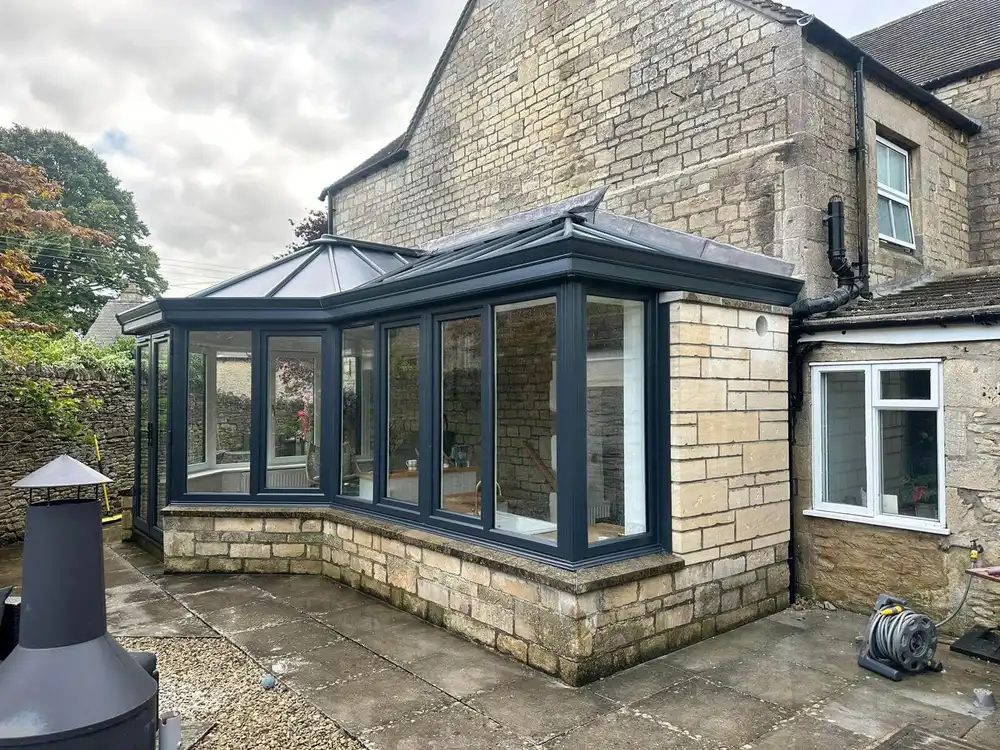
For Existing Homes (The Good News)
If your home was built before June 2022, you can proceed with conservatory plans exactly as before. There are no new restrictions beyond standard planning rules.
Your conservatory is exempt from building regulations if it meets these conditions:
- Less than 30m² floor area
- Built at ground level
- Thermally separated from the house
- At least 75% of roof and 50% of walls are glazed
For homeowners in Cheltenham, Bishop’s Cleeve, Prestbury, and surrounding Gloucestershire areas, you have the green light to enhance your property with a conservatory.
Quick Comparison Table
| Requirement | New Build Homes | Existing Homes |
|---|---|---|
| Building Regulations | Must comply with Part O & F | Exempt if under 30m² |
| Roof U-value | ≤0.15 W/m²K | No strict limit |
| Solar Gain Prevention | Required | No restriction |
| Ventilation | May be required | Not mandatory |
Understanding Key Terms
What Is “Unwanted Solar Gain”?
Unwanted solar gain is excessive heat buildup when sunlight streams through glazing. Traditional conservatories could become unbearably hot in summer. New regulations prevent this through:
- High-performance solar control glazing
- Adequate ventilation systems
- Proper design consideration
What Are U-Values?
U-values measure thermal performance – lower values mean better insulation. The 0.15 W/m²K requirement for new builds ensures exceptional thermal performance, keeping your conservatory comfortable year-round while reducing energy bills.
Benefits of Modern Regulations
Year-Round Comfort
Modern conservatories built to current standards are designed for all-season use. Improved insulation, ventilation, and solar control glazing mean genuine living space throughout the year.
Lower Energy Bills
Better insulation means less heat loss and lower heating costs. Solar control glazing reduces cooling needs in summer, often helping regulate your entire home’s temperature.
Increased Property Value
A well-designed conservatory can add 5-10% to property value. Modern, energy-efficient conservatories are genuine selling points that appeal to today’s eco-conscious buyers.
Better Quality Construction
The 2024 updates include a 10-year durability requirement (up from 4 years), guaranteeing higher quality materials and construction across the industry.
Your Options in 2025
For Existing Homes
- Proceed as normal under standard exemption criteria
- Work with experienced installers familiar with local planning
- Consider modern materials for enhanced comfort
- Most conservatories qualify as permitted development
For New Builds
- Solutions that meet Part O requirements include:
- High-performance solar control glazing reflecting up to 80% of heat
- Efficient ventilation systems from opening windows to MVHR systems
- Solid insulated roofs with integrated roof lanterns
- Hybrid roof designs combining solid panels with glazed sections
Modern Alternatives
- Orangeries: More solid structure with excellent thermal performance and traditional aesthetics, particularly popular in Cheltenham’s period properties.
- Garden Rooms: Fully insulated spaces with maximum thermal efficiency for true year-round use.
- Solid Roof Conservatories: Combine traditional conservatory feel with extension-level thermal performance.
We design and install all these options throughout Cheltenham and Gloucestershire, helping you choose the perfect solution for your home.
Planning Permission Guide
Most conservatories don’t need planning permission if they meet permitted development criteria:
- Don’t extend beyond rear wall by more than 4m (detached) or 3m (other houses)
- Single-storey with maximum 3m eaves height
- Maximum 4m overall height
- Don’t cover more than 50% of garden area
Planning permission IS required for:
- Conservation areas or listed buildings
- Front or side extensions facing highways
- Extensions exceeding size limits
Many Cheltenham properties are in conservation areas, but we have extensive experience working within these constraints.
Frequently Asked Questions
Can you still build a conservatory in 2025?
Yes, absolutely. Conservatories aren’t banned. Existing homes follow unchanged processes, while new builds must meet energy efficiency standards – easily achieved with modern design.
Are conservatories banned on new build houses?
No. New builds must meet Part O requirements preventing unwanted solar gain, but this improves conservatory quality rather than banning them.
Do existing conservatories need to be removed?
Absolutely not. Existing conservatories are unaffected by new regulations. Only new conservatories on new-build homes must meet the updated standards.
What happens if I don’t comply with regulations?
Non-compliance on new builds could result in enforcement action. However, this is easily avoided by working with experienced professionals who understand current requirements.
Do conservatories add value to your home?
Yes. Well-designed conservatories typically add 5-10% to property value, often exceeding installation costs. The key factors are quality construction, energy efficiency, and aesthetic integration.
Can I add a conservatory to my Cheltenham home?
Yes, in most cases. While some Cheltenham properties are listed or in conservation areas requiring planning permission, most can accommodate conservatories under permitted development rights.
How long does conservatory installation take?
Most installations take 2-4 weeks from start to finish, depending on size and complexity. We provide clear timelines and keep you informed throughout the process.
What’s the difference between Part O and Part F?
Part O prevents overheating through solar gain control and ventilation requirements. Part F addresses overall building ventilation and air quality. Both work together to ensure comfortable, healthy living spaces.
Ready to Add a Conservatory to Your Cheltenham Home?
At The Little Conservatory Company, we’ve built our reputation on expertise, quality craftsmanship, and outstanding customer service over 20+ years serving Cheltenham and Gloucestershire. Our friendly team makes the process smooth and stress-free.
We don’t do hard sales – our experience speaks for itself through five-star Google reviews from satisfied customers across Cheltenham, Bishop’s Cleeve, Prestbury, and throughout Gloucestershire.
Whether you want a traditional conservatory, sophisticated orangery, or versatile garden room, we’ll guide you through every step:
- Free consultation to discuss your vision
- Expert design tailored to your home and lifestyle
- Clear guidance on regulations and planning
- Quality installation using premium materials
- Full project management from design to completion
- Comprehensive guarantees and ongoing support
Contact The Little Conservatory Company today for your free consultation. With decades of experience and passion for creating beautiful spaces, we’re here to help bring your vision to life.


